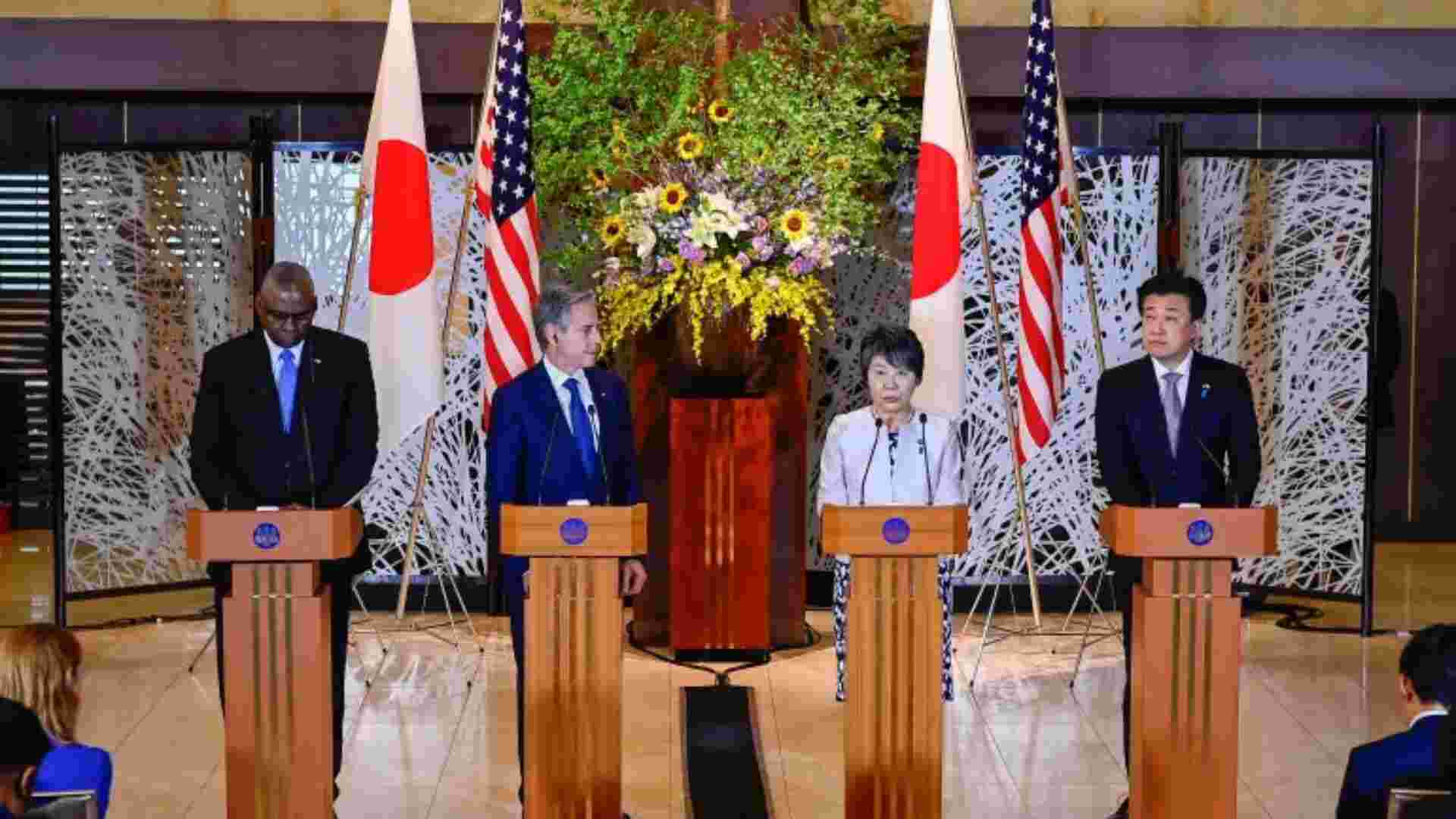
Defense Chiefs Agree on Command Overhaul
US Secretary of State Antony Blinken and Defense Secretary Lloyd Austin, alongside Japanese counterparts Yoko Kamikawa and Minoru Kihara, held a significant meeting in Tokyo as part of the Japan-US Security Consultative Committee (2+2) talks. The discussions centered on enhancing military cooperation between the two nations, particularly through an upgrade of the command and control structure for US Forces Japan (USFJ). This change is set to give USFJ greater operational capabilities while maintaining oversight from the United States Indo-Pacific Command (INDOPACOM) in Hawaii.
Focus on China’s Strategic Challenge
The talks highlighted the growing threat posed by China, with officials describing it as “the greatest strategic challenge” in the Indo-Pacific region. Secretary Austin criticized China’s “coercive behavior” in the East and South China Seas and its attempts to alter the status quo around Taiwan. The joint statement issued after the talks expressed concerns over China’s foreign policy, which it argues seeks to reshape the international order to its advantage.
Enhanced Military and Cybersecurity Measures
The planned upgrades to US command in Japan are expected to improve interoperability and joint operations between the US and Japanese forces. Additionally, the ministers underscored the need to bolster intelligence coordination, surveillance, reconnaissance, and cybersecurity. This move comes amid Japan’s recent experiences with cyber-attacks on its space agency, highlighting the urgency of these enhancements.
Strengthened Arms Industry Cooperation
The US and Japan are also advancing their arms industry cooperation, following an agreement in April between Japanese Prime Minister Fumio Kishida and President Joe Biden. This collaboration includes missile co-production and the maintenance of US military assets in the region. The upcoming Quad meeting, which includes Australia, Japan, the US, and India, is expected to further address regional security issues and cyber defense strategies.















